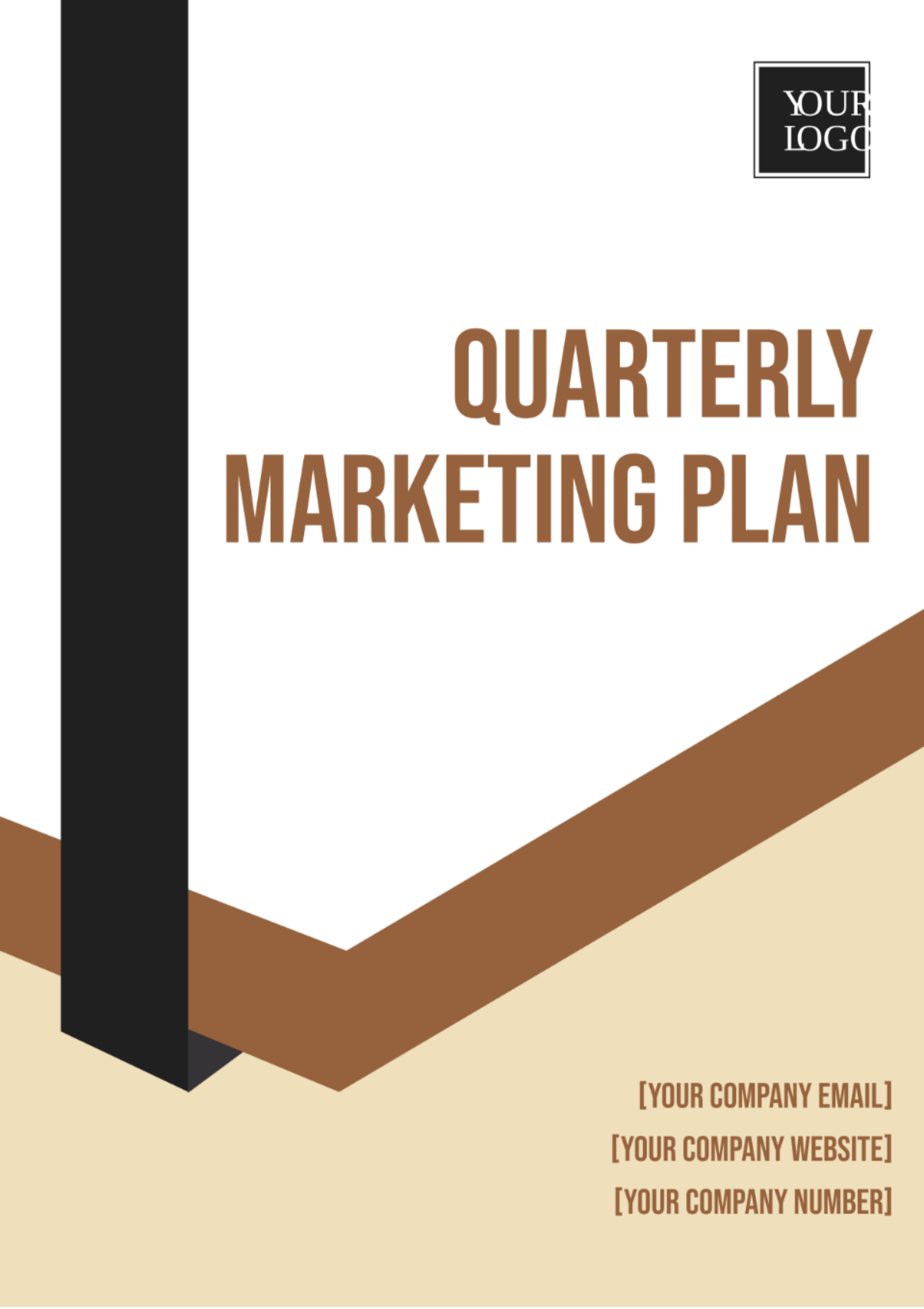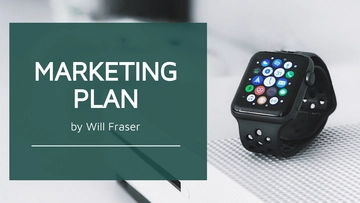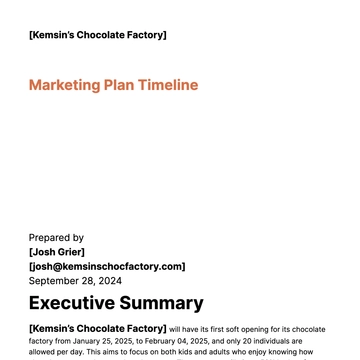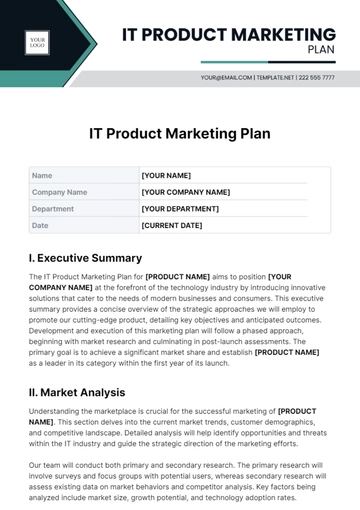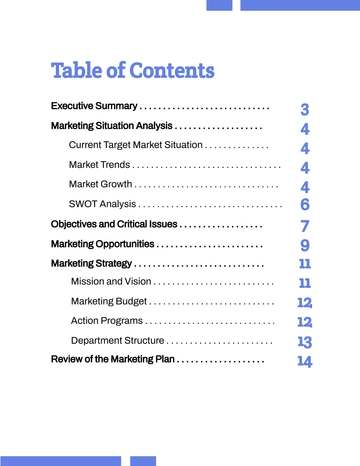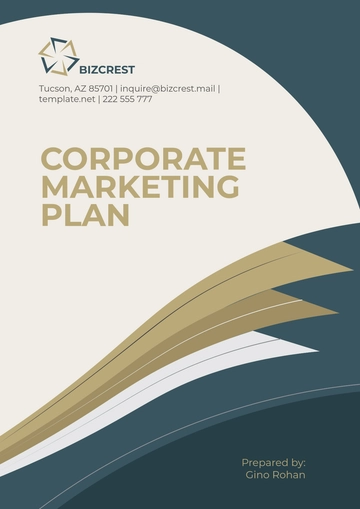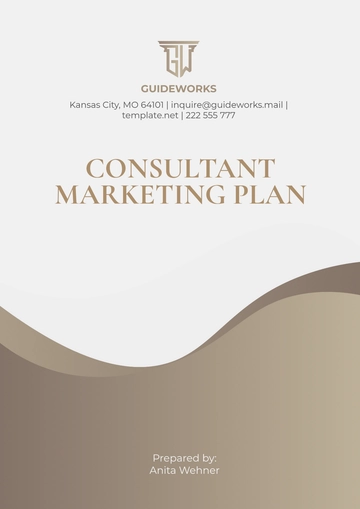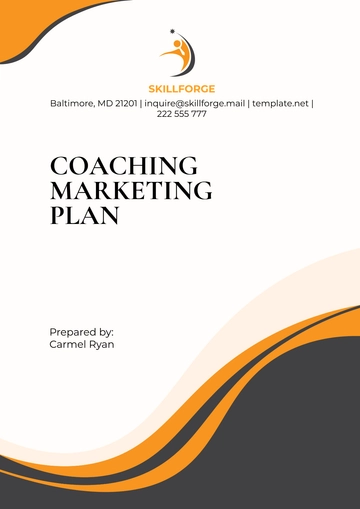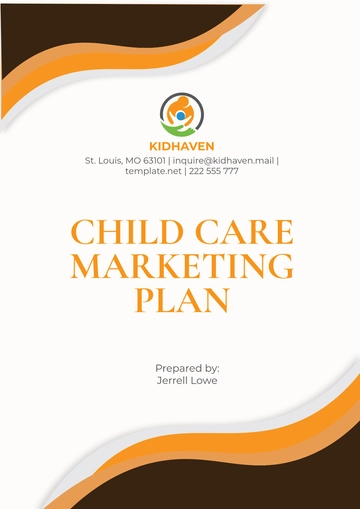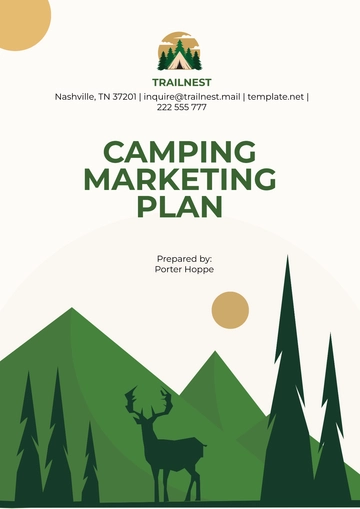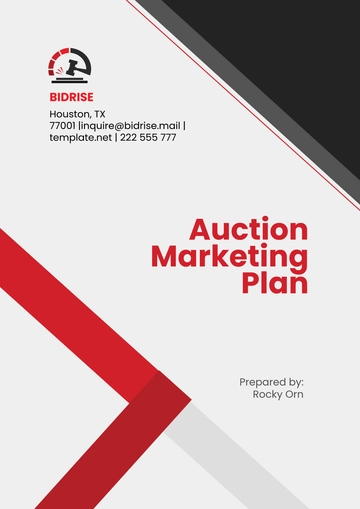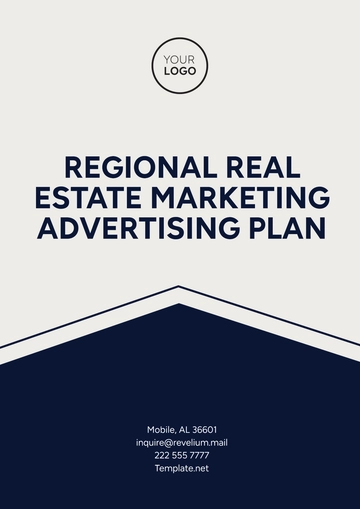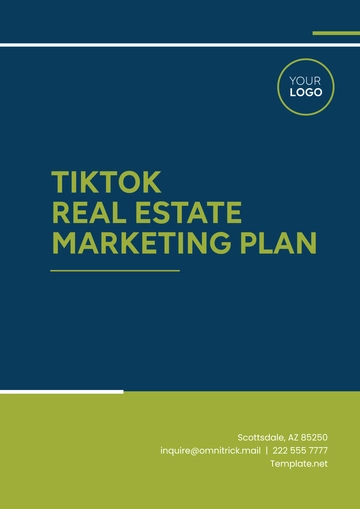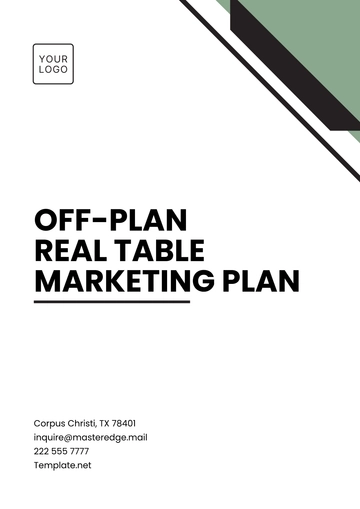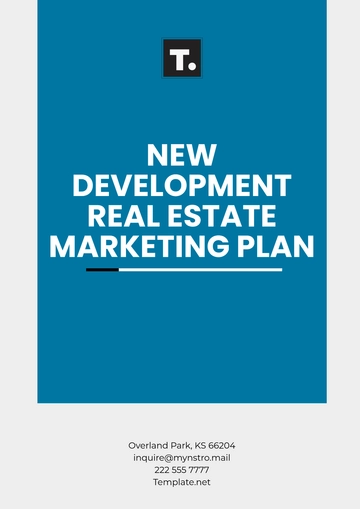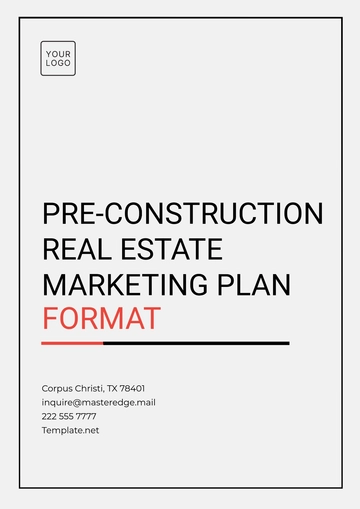Quarterly Marketing Plan
Prepared by: [YOUR NAME]
Company: [YOUR COMPANY NAME]
I. Executive Summary
In the previous quarter, [YOUR COMPANY NAME] successfully launched a new product line, resulting in a 20% increase in revenue.
Building on this momentum, the focus for the forthcoming quarter is to increase overall brand awareness by 25%, enhance online engagement by 40%, and boost sales leads by 30%.
These goals align with the company's broader strategic objectives of expanding market share and enhancing customer loyalty.
II. Situation Analysis
SWOT Analysis:
Strengths: Strong brand reputation, innovative product offerings, and a loyal customer base.
Weaknesses: Limited digital presence and reliance on traditional marketing channels.
Opportunities: Growing demand for eco-friendly products, emerging markets, and advancements in digital marketing technologies.
Threats: Intense competition, economic uncertainties, and changing consumer preferences.
Competitor Analysis:
Market Analysis:
III. Marketing Goals and Objectives
Increase overall brand awareness by 25% through targeted digital marketing campaigns and social media engagement.
Enhance online engagement by 40% through interactive content, live events, and community-building initiatives.
Boost sales leads by 30% through targeted email campaigns, lead-generation activities, and promotional offers.
IV. Target Audience
Demographics: Tech-savvy millennials aged 21-35, primarily urban dwellers with disposable income.
Psychographics: Value sustainability, innovation, and convenience. Active on social media and receptive to digital marketing.
V. Marketing Strategies and Tactics
Digital Marketing:
Utilize social media platforms such as Instagram and Facebook to showcase product features, customer testimonials, and behind-the-scenes content.
Implement targeted advertising campaigns to reach new audiences and retarget existing customers.
Content Marketing:
Develop a series of blog posts focusing on sustainability, technology trends, and product benefits.
Create downloadable whitepapers and case studies highlighting the effectiveness of [YOUR COMPANY NAME]'s solutions.
Email Campaigns:
Segment email lists based on customer preferences and purchase history.
Send personalized newsletters with product updates, special offers, and tips for sustainable living.
VI. Budget Allocation
Digital Advertising: $10,000
Content Creation: $5,000
Event Sponsorship: $3,000
Other Promotional Activities: $2,000
Total Budget: $20,000
VII. Evaluation and Monitoring
Key Performance Indicators (KPIs):
Metrics will be tracked weekly, with a comprehensive review at the end of each month to assess progress and make adjustments as needed.
VIII. Timeline and Milestones
Week 1-2: Launch digital advertising campaigns.
Week 3-4: Publish the first set of blog posts and initiate email campaigns.
Week 5-6: Host live events and engage with the audience on social media.
Week 7-8: Analyze performance data and adjust strategies.
Week 9-12: Continue campaigns and prepare for next quarter.
IX. Summary and Next Steps
Summary of Achievements:
Successfully increased brand awareness by 20% through targeted digital campaigns and social media engagement.
Exceeded online engagement targets by 50% through interactive content and community-building initiatives.
Achieved a 25% increase in sales leads through targeted email campaigns and lead generation activities.
Lessons Learned:
The importance of customer segmentation and personalized marketing approaches.
The effectiveness of leveraging social media influencers to reach new audiences.
The a need to continuously monitor and adjust strategies based on performance data.
Next Steps:
Expand digital advertising efforts to new markets and demographics.
Enhance content marketing strategies with more interactive and engaging content.
Further, optimize email campaigns for better targeting and conversion rates.
Plan Templates @ Template.net
